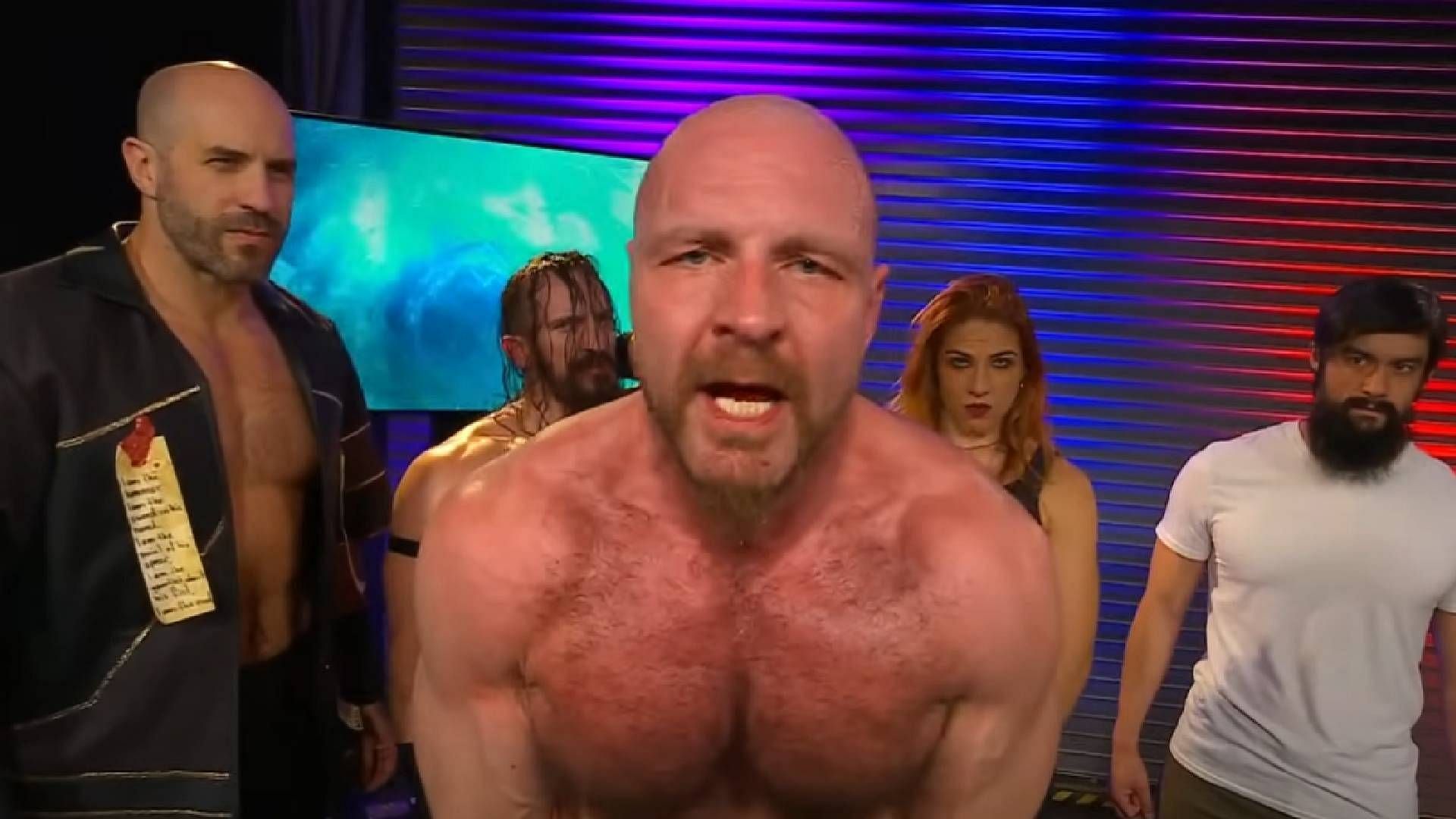The United States is on the brink of a significant demographic shift that is set to reshape the future of higher education and the workforce. By 2039, the country is projected to have 650,000 fewer 18-year-olds annually, representing a 15% decline in the number of high school graduates. This “demographic cliff” is the result of a continued drop in birth rates, which began after the Great Recession and has shown little sign of recovery, except for a brief uptick following the Covid-19 pandemic. The impact of this shift will be felt across multiple sectors, particularly in education and the economy, according to The Hechinger Report.
Impact on College Enrollment and Economic Stability
This decline in the number of 18-year-olds is expected to significantly reduce the number of applicants to colleges and universities, which could lead to a further contraction in enrollment numbers. According to data from the Western Interstate Commission for Higher Education (WICHE), the U.S. will experience a 13% decrease in the number of high school graduates by 2041. This equates to nearly half a million fewer students each year entering the college pipeline, exacerbating the enrollment crisis that many institutions are already grappling with, as reported by The Hechinger Report.
This shrinking student population poses a major challenge to the U.S. economy. Fewer college graduates will eventually lead to a shortage of skilled workers, particularly in fields requiring higher education, such as healthcare, technology, and teaching. The Georgetown University Center on Education and the Workforce predicts that by 2031, 43% of jobs will require at least a bachelor’s degree. However, the country’s projected rate of college graduates is not expected to meet this demand, leaving a critical gap in skilled labor.
Colleges Facing Increased Financial Strain
The enrollment decline has already had a visible impact. Between 2010 and 2021, U.S. colleges and universities saw a 15% drop in enrollment, translating to 2.7 million fewer students. Many institutions are already feeling the strain, with more than 20 colleges closing or announcing financial instability in 2023 alone. The pace of closures is expected to accelerate in the coming years, with small colleges and universities at greatest risk. According to the Federal Reserve Bank of Philadelphia, the financial health of many higher education institutions is deteriorating, with several facing the threat of default.
Wider Economic Implications
The consequences of this demographic shift go beyond education. With fewer young people entering the workforce, the U.S. faces the prospect of a significant labor shortage. An analysis by Lightcast, a labor market analytics firm, suggests that by 2032, the country could have six million fewer workers than required to fill available jobs. This shortage will impact critical industries such as semiconductors, healthcare, and teaching, ultimately slowing down economic growth and innovation.

US faces education crisis: 650,000 fewer 18-year-olds by 2039, threatening college enrollment and economy
Denial of responsibility! Pioneer Newz is an automatic aggregator of the all world’s media. In each content, the hyperlink to the primary source is specified. All trademarks belong to their rightful owners, all materials to their authors. If you are the owner of the content and do not want us to publish your materials, please contact us by email – [email protected]. The content will be deleted within 24 hours.






